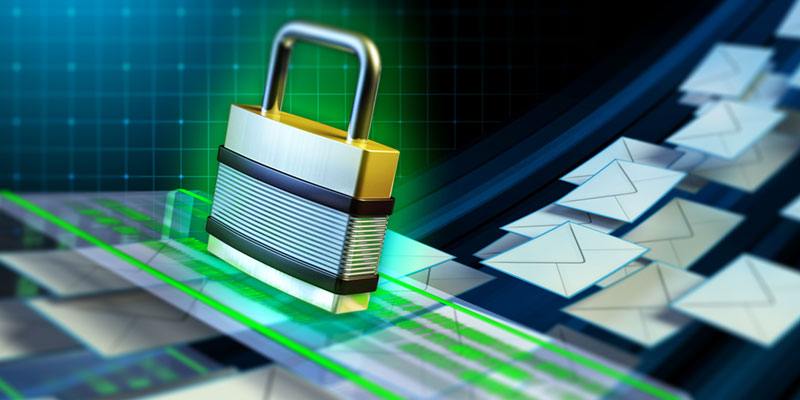Usually, your emails live in a huge data center provided by companies like Google, Apple or Microsoft. This is usually the location of your email servers. Your email server is a data drive that stores your emails before it is being downloaded to a client or web browser on request by users and authorized account owners.
The specific email servers which is allotted to you will however depend on whichever company provided your email. It’s quite simple; your emails will be stored in Google servers if you’re using a Gmail address or Microsoft servers if you’re using the good old Microsoft Outlook. Same applies for Yahoo and a whole lot of other email service providers. These companies provide the infrastructure to receive, process and route your email as well as features that make mailing much easier. But there is a catch.
The tech world is moving at a dangerous pace and privacy is fast becoming a mirage. Email providers now have intelligent array of software that scan your mails for information, especially malicious content and warn you against such mails. They may also be able to scan the details of your email to check the time of your next flight or probably your choice of perfumes. This means you could receive an email from a friend about this new perfume and the next minute, you are presented with an ad that has been targeted to promote certain perfume lines on your social media page. While privacy has become a big issue, especially with your email providers being able to sieve through your mails for information to better target their ads at you, you may be left with a few other options for reconsideration.
While these companies aim these intrusion at improving overall client experience and presenting then with selected and targeted ads and products, a lot of people have become more conscious of this and are particularly not comfortable with the development.
Similarly, if your company is providing your email address, chances are – some prying IT staff or coworkers could be riffling through them on a daily basis. The could also be compelled by law to turn them over to law enforcement if awry things happen at your workplace. That’s usually not a good thing.
Luckily for everyone, saving your privacy is not an entirely hopeless pursuit. You can set up your own private email servers. One that isn’t vulnerable to prying by your coworkers or email providers. Setting up a private email server also allows you assume total control and decide exactly how you need things done on your private email server. If you think you are up for it, here’s how to setup a home email server.
The first step in taking charge of your privacy is setting up your own server. Instead of relying on email providers for storage space and processing power, you’ll need to provide them yourself. This means you’ll have to get a separate computer with enough hard disk capacity and processing power to act as server. All emails sent to your email address will be permanently domiciled on the computer unless you decide to delete them.
Running your own physical server requires a reliable and super-fast internet connection. It also has to be constantly online 24 hours a day apart from rare cases of down times which should be allotted mainly for maintenance purposes. If this is going to be a problem, you can skip the physical hardware part and pay a cloud hosting service to host your emails.
A cloud based server will help you side-step the technicalities and cost of running a personal server. Also, most of the mail configuration will probably have been set up already.
After you’ve gotten a server, be it the new computer in your living room or the cloud hosting service, you’ll need a domain name for your email server. Your domain name is what will replace the usual “@gmail.com” or “@yahoo.com”.
Let’s say your name is Snowden and family’s name is Lockwood. You could get a domain name like thelockwoods[dot]com, so instead of snowden [@] gmail.com, you can give out something like snowden@thelockwoods.com to people you want to receive emails from. You can also get a name based email address for each family member.
On top of a physical server, you’ll also need software for virus protection, spam filtering as well as those for sorting and routing emails to the right addresses. When you have all these sorted out, you’re ready to receive emails on your private server.
